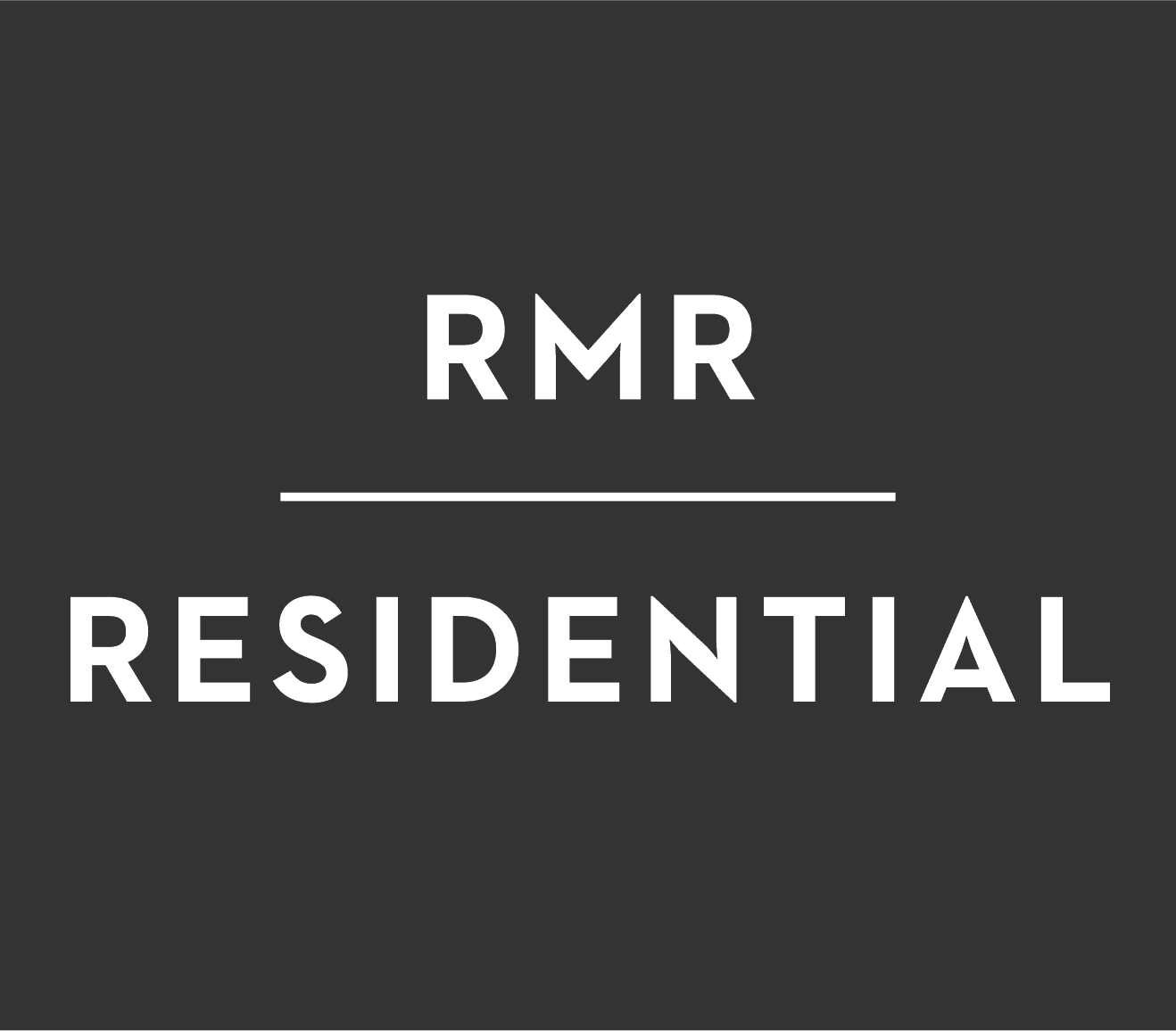Understanding Customer Experience
RMR Residential’s Approach to Customer Experience Includes Prioritizing Relationships, Market Research, and More

By Noah Echols, Vice President of Marketing and Customer Experience
Customer experience (CX) is the difference between the service delivered and the expectation of the customer. It’s the perceived experience that is measured against their expectation.
For a long time, multifamily real estate has prided itself on providing excellent customer service – delivering beautiful landscaping, WOW fridges, cheery personalities, crisp uniforms, and friendly smiles. But for one reason or another, the industry as a whole does not do well against other industries in customer satisfaction.
Imagine this scenario:
A renter shows up for a scheduled tour. There is ample parking, the leasing consultant’s uniform is crisp, the model unit is clean, and he offers the prospect bottled water upon her arrival. He seems to be checking all of the customer service boxes. But the prospect is just not happy. Why is that?
Well, it could be that she had to take time off of work or find a babysitter or travel to come tour when really all she wanted was a virtual tour.
This scenario is not advocacy for one type of tour or another, but an example where great service was delivered. It missed on the expectation of the customer, so the experience suffered.
What elements of the sales and renter lifecycle are “table stakes?”
Through the pandemic, companies learned the importance of flexibility in meeting rapidly changing customer expectations. This flexibility is only possible if a company has the right technology in place that allows it to quickly pivot.
The real estate industry, because it is so transactional in nature, has relied on templated solutions from vendors to serve its customers. I think a lot of companies are starting to realize that they must build and customize, at least on top of some vendor solutions, to be able to serve customers as they need it. Companies cannot just keep piling on new shiny apps and add-ons that don’t talk to each other to serve customers. Not only is it a one-size-fits-all approach, but it buries on-site teams in more work.
It is essential to find that core technology that is going to make serving the customer easier and then customize or build around it to meet their needs.
How does RMR Residential conduct customer research so it can exceed expectations and add value where it matters?
RMR Residential uses many of the same processes used by other PMCs to collect ongoing feedback – the surveys to prospects and residents to gauge their satisfaction. But, we also add in our own proprietary data to keep our finger on the pulse of changing customer behavior.
One of the first things I did when I came to RMR Residential about 4.5 years ago, was market research to fully understand how renters shopped and what they cared about. We just wrapped a similar study that was aimed at understanding some very specific things that will inform some big initiatives we have in the pipeline, but also aimed at getting a sense for how renters are feeling coming out of a pandemic while living in some still uncertain times and how that shapes their perception of apartment living.
We’ve also created two groups at RMR Residential – one is a resident advisory board made up of our own residents that we meet with quarterly to share ideas with, listen to, and work alongside to shape some of our initiatives. The other group is a CX think tank made up of people across our organization so that we can look at the things we do internally through the lens of the customer.
How is RMR Residential using technology to increase efficiency while still connecting with customers on a human level?
RMR Residential uses technology and automation primarily to create efficiencies that free up our people to focus on serving our customers more. Multifamily real estate is high touch industry – renters pay a high percentage of their income to live with us every day. That cannot be automated, but many of our day-to-day tasks that bog us down and keep us from connecting with residents can be automated. That’s where we focus.
How has focusing on customer experience impacted the RMR Residential brand?
RMR Residential set off on our CX journey in a sort of undefined way several years ago. We doubled down on our commitment to our customers and started optimizing touchpoints, rethinking how we hire and train, etc. Through the pandemic it became an all-hands-on-deck effort and recently we’ve started formalizing our approach to CX.
We are seeing some amazing results. The statistics about the ROI of investing in experience are true for our brand. Our customers are willing to pay more for rent, stay longer, refer more, etc. than industry benchmarks. And it’s because we really do try to focus on them.
When the pandemic shut everything down, RMR Residential immediately implemented a process that required our on-site teams to call every resident, every month just to touch base and check-in on their health and if they need anything. Through that process we deeply connected with residents. We identified areas where even simple acts could go a long way – buying a week of groceries for someone who was furloughed, buying a Chromebook for a student who was doing remote learning, etc. We prioritized the relationship, and it has paid off significantly.
Without giving away too much, RMR Residential has plans to overhaul how we signal that to the market – that RMR Residential really does approach CX differently.
How does RMR Residential measure impact from a qualitative and quantitative way?
At the end of the day, things like RMR Residential’s ability to keep our properties full and ultimately sell them at great returns is one way to measure impact. We also examine data like our cost per lease – can we generate a lease at a lower cost because word of mouth is so strong that we get customers without having to advertise as much. That is the true measurement of the impact of a successful CX program.
Things like NPS or other CSAT scores are merely check points to tell a team when and where to adjust. The result is a delighted customer who tells others about their experience that influences them to do business with us as well so that our costs decrease over time. In a transactional business such as real estate, that is very hard for many companies to do, but it’s an imperative way to stay competitive in a market like we’re in today.
Click here to listen to Noah discuss trends in multifamily CX with Sydney Webber from Knock® CRM.








